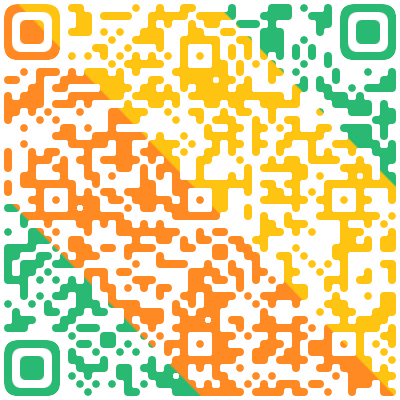When you pat your pet dog, he wags (摆来摆去)his tail. That is his way of saying that he loves you. And, if you pay attention, you will see that he uses his tail to say so many things. Every movement of the tail means a different thing. If the dog is wagging its tail, it is a sign of friendliness; if his tail is straight, it means he is getting ready for a fight ; and if his tail is tucked (塞) behind his legs, it means he is giving up the fight.
Unlike dogs, cats' tail language is not so expressive. When a cat feels threatened, he puffs himself up to appear big and his tail shakes with tension. And when he is displeased with something, he lashes out(甩动) his tail.
The tail language of dogs and cats has a little story behind it. Earlier, when dogs and cats had not become friends with human beings, they were predators. They used to hunt other animals for their food. When dogs went out hunting with their friends, tail language came handy. When they were close to each other, dogs could use facial expressions to talk. But, for long-distance communication, they used their tails. Unlike dogs, cats liked to hunt alone. So, they did not need to use tail language too often. As a result, their vocabulary in tail language is much smaller than that of dogs'.
What does it mean when a dog's tail is straight?
A cat tries to appear big when it is ().
A. facing a danger
B. unhappy
C. ready to hunt
D. hungry
查看答案
相关试题
换一换


热门试题



 使用微信扫一扫登录
使用微信扫一扫登录